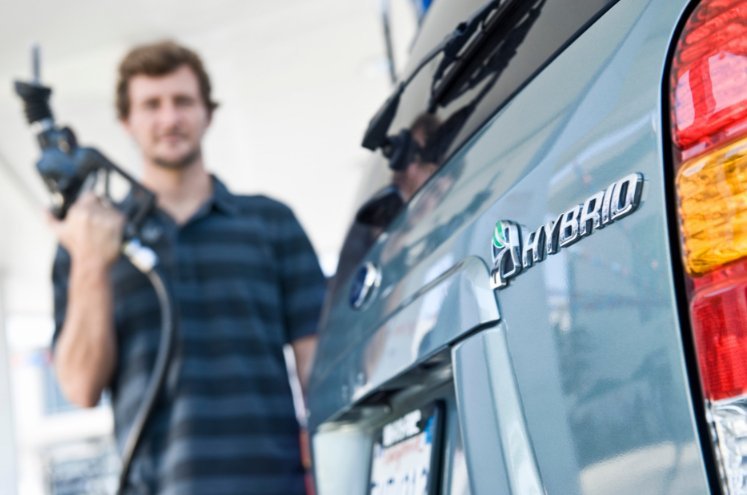Hybrid vehicles are becoming increasingly popular in Australia, with a range of different hybrids hitting the market in the last few years. While these vehicles are widely known for their environmentally friendly application, not many know how these machines work.
If you’ve ever wondered about the mechanics behind the product, read through our guide explaining what hybrid cars are and how they work.
What is a hybrid car?
Simply put, a hybrid vehicle operates by using both electric and fuel power to run. Hybrids have a petrol or diesel engine and an electrical system, which results in less fuel needed to operate. It is a popular ‘middle ground’ for drivers who want to invest in environmentally friendly assets without the large costs of completely electric cars.
How do hybrid cars work?
Hybrid cars come with two power sources: a petrol/diesel combustion engine and an electric, battery-powered motor. The majority of hybrid cars use a combustion engine as the main power source and the electrical battery provides an extra boost of power where needed. Many hybrid vehicles can operate solely on the electrical engine when driving short distances at a low speed. This helps save money on fuel consumption.
What are the different kinds of hybrid cars?
Just like regular vehicles, hybrid vehicles come in a range of shapes, sizes and engine types. There are three different kinds of hybrid cars:
- Conventional hybrid
Conventional hybrid cars use a petrol/diesel engine for power, with support supplied from an electric motor. These vehicles use an automatic gearbox and come with a charging system that uses the energy recovered from braking or engine use as a generator for the electric battery. This means there is no way, and no need, to plug the car in and charge it.
- Mild hybrid
A mild hybrid is the simplest form of hybrid vehicle. A mild hybrid consists of a conventional petrol or diesel car with an extra electrical system that helps start the car and assists the engine. This also powers the main electrical system that runs the air conditioning and lights. A mild hybrid’s batteries recharge from the energy the car makes during braking and driving. This kind of hybrid doesn’t allow for plug-in recharge and cannot operate using electric power alone.
- Plug-in hybrid
This form of hybrid vehicle has a larger and more powerful electric battery than conventional hybrids. This allows them to travel greater distances using purely electric power. Plug-in hybrids have a rechargeable battery that needs to be regularly charged using a suitable power outlet. They are also chargeable in the same way as other hybrids, by using the energy recovered from brakes and the engine.
What are the pros and cons of hybrid vehicles?
Interested in a hybrid vehicle but not sure how they stack up against purchasing a run-of-the-mill car? These are some pros and cons of making the switch to hybrid.
Pros:
- Less fuel consumption and therefore more environmentally friendly than regular vehicles
- Better for your pockets in the long term through minimising fuel purchase
- Optimised car performance by utilising fuel and electric power at the same time
Cons:
- More expensive short term costs to buy in as hybrids often cost more upfront
- Potentially more expensive upkeep as there are two forms of power to maintain throughout the vehicle
- Public charging equipment is not as common as fuel stations, making ‘filling up’ less convenient
Ready to make the switch?
If you’re looking to switch to hybrid cars but need to sell your current vehicle first, check out Car2Cash. Car2Cash is a quick, convenient and hassle-free service that allows you to offload your vehicle from the comfort of your own home. We provide you with an easy sales method, without having to speak to multiple people


